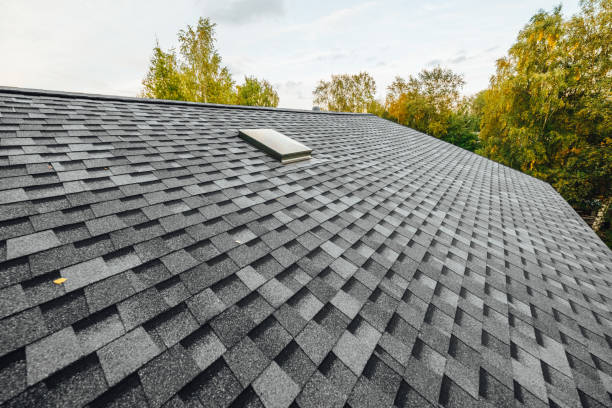If you’re considering a new roof for your home or business or you’re planning out new construction, you should look at all your roofing options. There are two basic types of roofs: pitched roofs and flat roofs. Pitched roofs come in a variety of styles all of which are sloped to different degrees, while flat roofs contain no slope. Here are some advantages and disadvantages each roof type has.
Cost
Flat roofs tend to be less expensive when compared to pitched roofs. In fact, pitched roofs can be a couple thousand dollars more than flat roofs. However, it’s important to take maintenance costs into consideration when choosing your roof. Flat roofs do not hold up well in areas that see frequent rainfall and will require more maintenance in these areas.
Maintenance
Concerning maintenance, both flat and pitched roofs require regular inspections and maintenance. However, flat roofs tend to require more maintenance due to their inability to drain water compared to pitched roofs. Flat roofs require a waterproof seal that must be maintained. It is also important to make sure flat roof drains do not become blocked. Water that is unable to drain may sit and create leaks or roof damage. Water drains naturally off pitched roofs due to their slope.
Structure
Your property’s structure may naturally need a specific type of roof. Pitched roofs provide more stability than flat roofs as well as excellent drainage for areas where rainfall is common. Buildings in areas that receive little rainfall will benefit from the affordability of flat roofs. Flat roofs also tend to be used in modern designs and you will more likely see them in contemporary structures. Pitched roofs are frequently seen in older homes and buildings. Low sloped pitched roofs can still be used in contemporary designs.
Hopefully you know a little more about the differences between pitched and flat roofs. Remember to always consult with your local roofing expert when choosing which roof will best protect you and your building.






